Seattle Children's Research Institute
Building Cure
A pathway to a cure
This 540,000-square-foot expansion of the Seattle Children's Research Institute's campus is a state-of-the-art building bringing together scientists who are seeking to develop cures and therapies for childhood cancers, sickle cell anemia, and type 1 diabetes. Each research floor is designed with a high level of flexibility, ready to respond to the next new development. Integrated with the laboratories, these scientific workplace environments include multiple collaborative spaces to ensure researchers and scientists from different areas of the building can easily come together to share information and ideas.
Building Cure's Therapeutic Cell Production Core houses a cell-therapy manufacturing center incorporating a cGMP suite for cell culture and purification of immunotherapy drug products. Known as the Cure Factory, it is the largest pediatric cell-based cGMP facility in the world.
Building Cure also includes the Science Discovery Lab, a teaching lab and classrooms for children and teens, with the purpose of encouraging students to pursue careers in STEM.
Thoughtfully placed building core elements keep researchers within sight of natural light, and transparency within the floor plates provide further connectivity among different people and working groups. The building embraces Seattle Children's key goals of achieving breakthrough science and attracting and retaining top researchers.
Holding a prominent corner in Seattle's Denny Triangle neighborhood, this LEED Gold building maintains a strong community presence. Indoor and outdoor community spaces include a public café and a 225-seat auditorium set aside for scientific dialogue. These spaces serve as community assets but also mesh with goals set by Seattle Children's Science Education Department "to inspire passion for science, promote better health for students, and enhance science education throughout Washington state."
Flad and Aedas co-led the Building Cure project. Flad served as architect of record for all scientific workplace and research space, including the Cure Factory, and Aedas served as architect of record for the building and interior public space.













